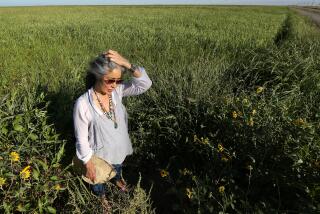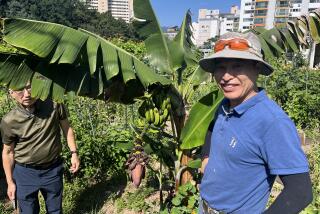In the Philippines, where ‘rice is life,’ a move to allow more imports signals change
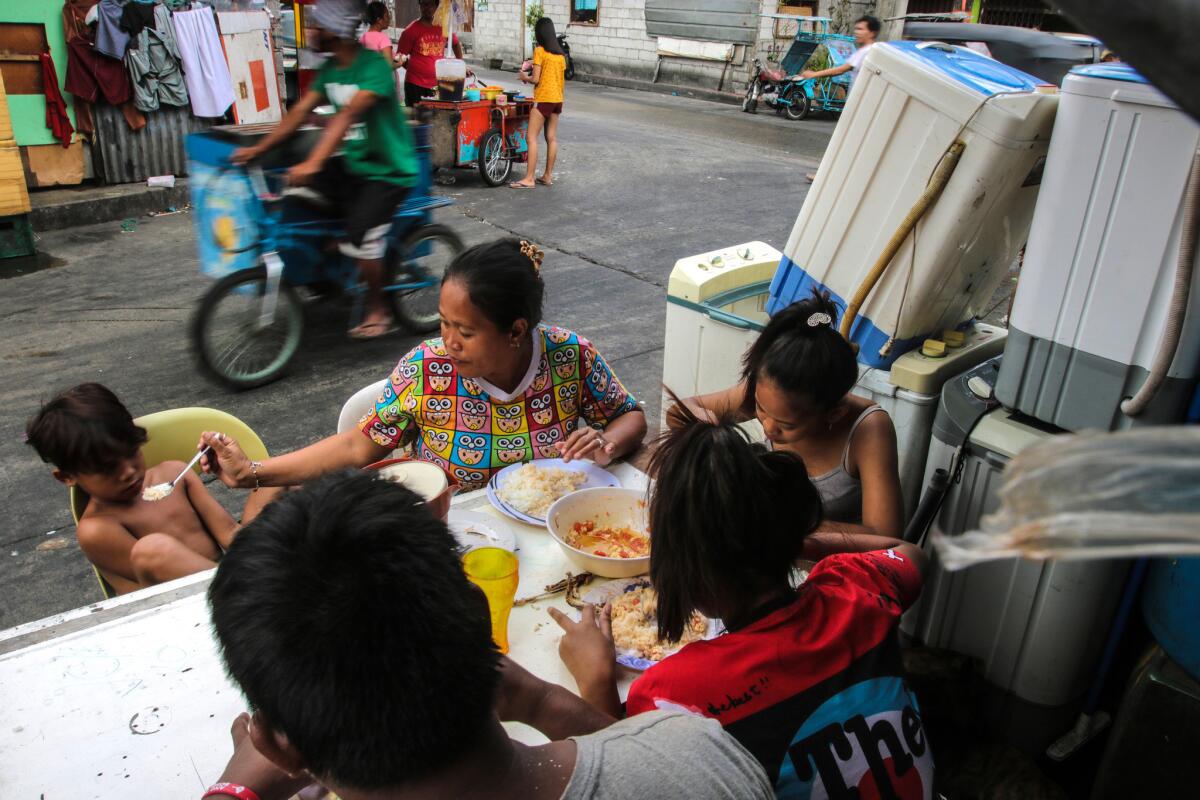
The Philippines has long touted the idea of self-sufficiency in rice, an essential staple here at the heart of every breakfast, lunch and dinner.
But rice growers like Efraen Serrano know that dream is falling further out of reach. The country’s geography doesn’t provide enough suitable land for the crop as the population swells. Urbanization and the pull to work in cities have reduced the number of farmers.
“More farms are being converted to factories and homes,” said Serrano, who farms a five-acre family plot in Bulacan, a quickly urbanizing province north of Manila. “Nobody wants to buy land and use it to farm.”
The 66-year-old says he’s now resigned to the fact that less and less of the rice Filipinos eat will be grown by farmers like him.
“Imports are a necessity,” he said.
In the clearest sign yet that he is right, the country is on the verge of ending a two-decades-old cap on private-sector imports of the grain. The move marks a radical change for a nation whose obsession with rice is ordinarily matched by its protection of domestic producers.
“Importation is always sensitive because rice is the No. 1 agricultural sector,” said Ramon Clarete, a professor of economics at the University of the Philippines Diliman.
But resistance to buying more of it abroad has receded over the last several months following a bout of severe inflation that sparked long lines in the streets for government-subsidized rice.
It’s hard to overstate the importance of rice in the Philippines.
The country of 105 million is the world’s sixth-largest consumer of rice on a per capita basis, according to the U.S. Department of Agriculture.
“Rice is life in the Philippines,” said Nicholas Mapa, a senior economist in Manila for ING. “Almost everything comes from rice. Even our delicacies are based on the grain.”
When politicians want to curry favor in poor neighborhoods, they come bearing sacks of rice. Gas stations offer free bags of it with any purchases of about $10. And one of the nation’s most popular restaurant chains, Mang Inasal, is famed for its “unlimited rice” — a menu option better known as “unli” (Filipinos have a penchant for shortening words. McDonald’s, for example, is simply called McDo).
One of the most legendary varieties of rice, IR8, was developed at the International Rice Research Institute in the Philippines. Dubbed “magic rice,” the high-yield strain is credited with fending off famine across Southeast Asia and India starting in the 1960s.
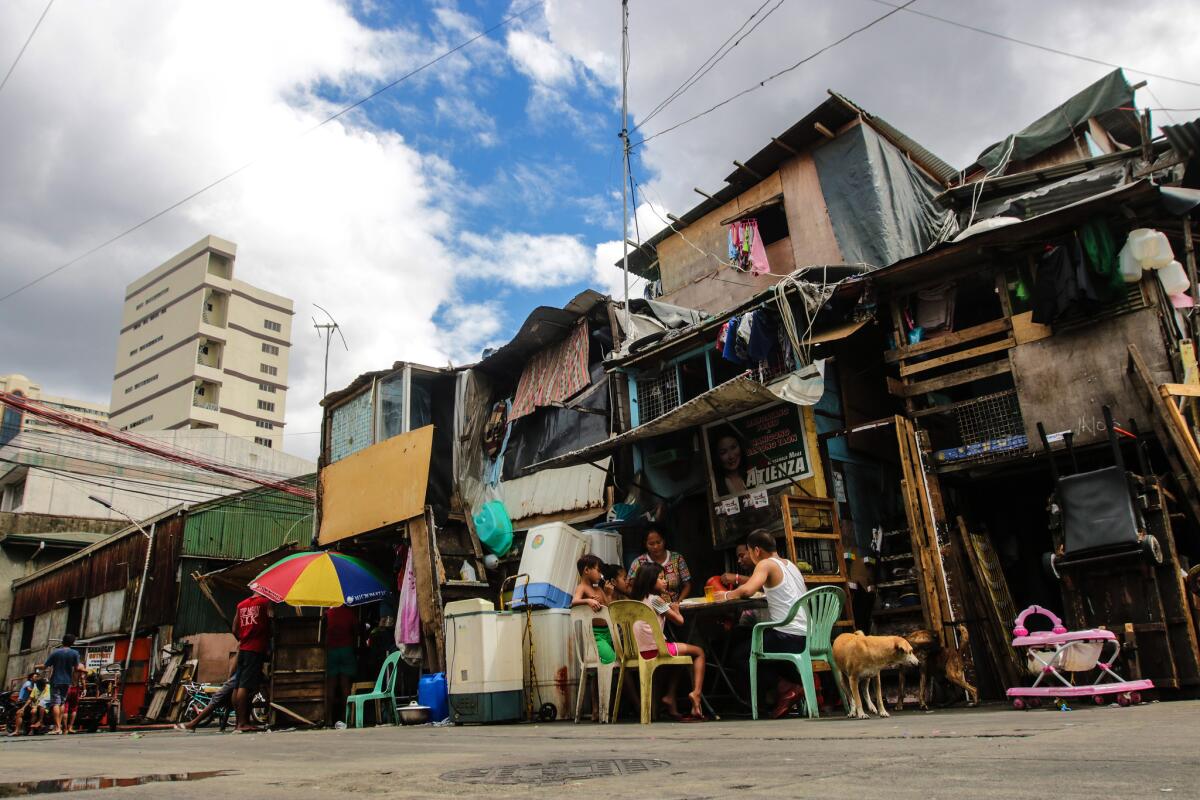
“Even if you have no ulam,” said 36-year-old Jaquelin Marsan, using the Tagalog word for a dish of meat or vegetable, “you have to have rice. It’s a priority.”
She lives with her husband and their eight children — aged 7 months to 19 years — in a ramshackle Manila slum of scavenged wood and corrugated sheet metal homes called Del Pan Binondo.
Two-fifths of their meager income is spent on rice. During the surge in rice prices last year, she had to cut back the family’s consumption by a quarter.
“The children complained,” Marsan said. “So my husband and I ate less.”
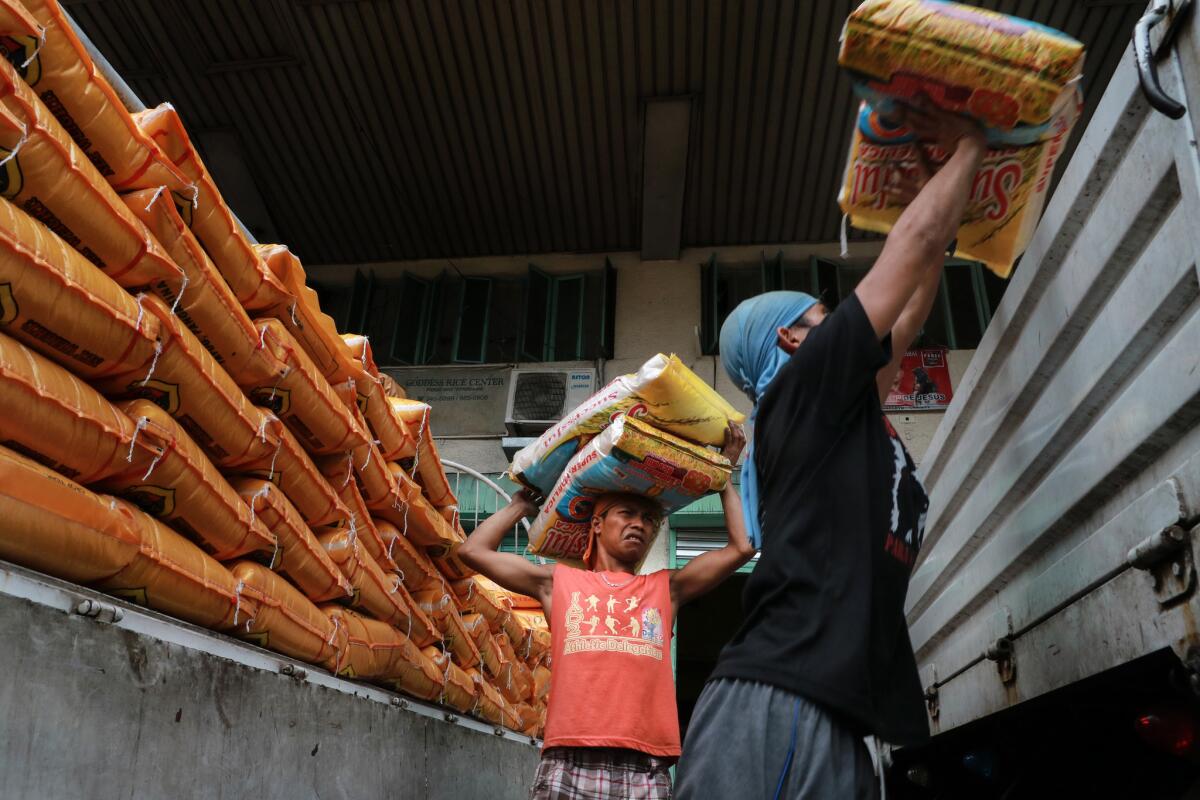
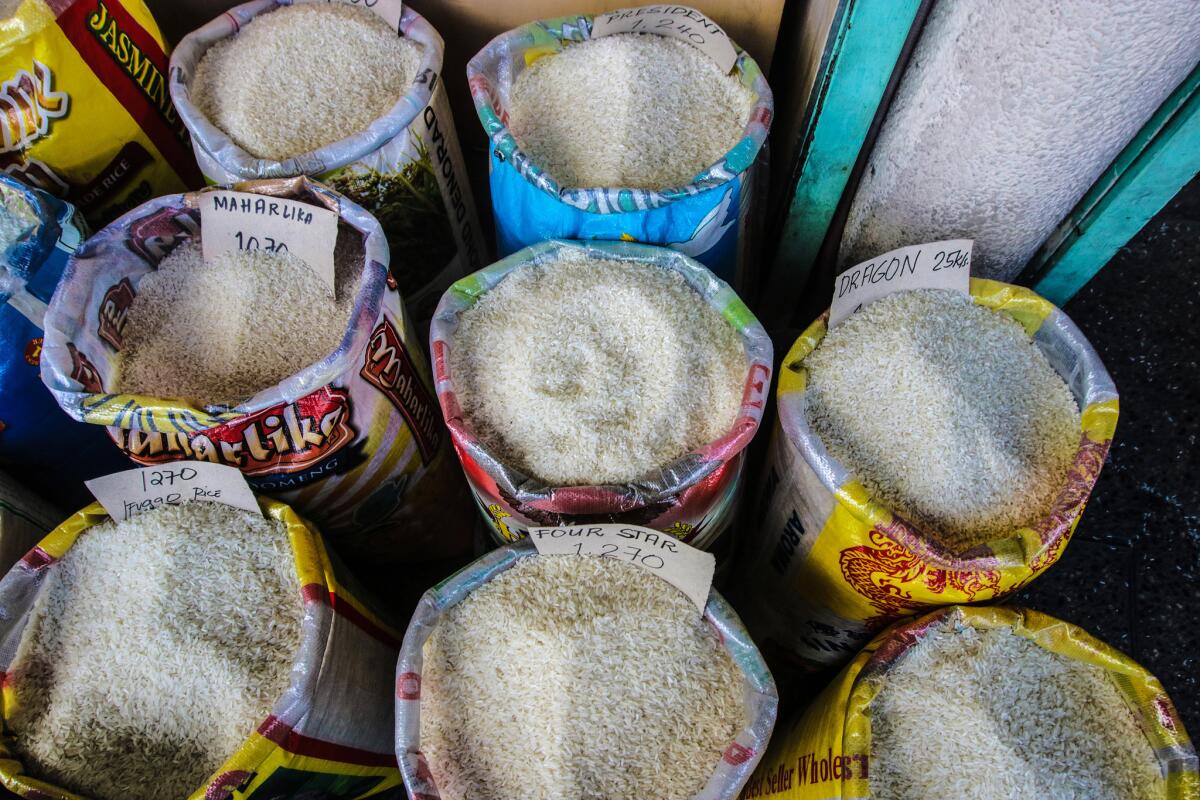
Economists blamed the crisis on new taxes, costlier fuel and a failure on the government’s part to restock rice reserves in time.
As criticism mounted about his administration’s handling of the shortage, President Rodrigo Duterte deflected blame and trained his scorn on other players such as rice traders.
“I now ask all the rice hoarders, cartels and their protectors,” the president said with a menacing glare during his State of the Nation address last year. “Stop messing with the people.”
The crisis harked back to a more severe shortage in 2008 in which President Gloria Macapagal Arroyo deployed armed soldiers to watch over rice distribution and ordered fast-food chains to reduce their rice portions by half.
Prices today have since tapered. But fearing a repeat, the Philippine Senate passed a bill in November lifting the import cap and providing funds to cushion the blow on the shrinking domestic rice farming industry. Unless Duterte vetoes it, which is not expected, the bill is set to become law Friday.
Economic reformers and the country’s central bank have long championed lifting the import quota, which was supposed to protect farmers but instead led to rampant smuggling and left the country vulnerable to price manipulation by domestic rice traders.
Under World Trade Organization rules, the Philippines was obligated to eventually eliminate the cap — which stands at about 888,000 tons, or about 6% of the nation’s annual consumption. But the country had been winning waivers to keep it by arguing for more time to reach self-sufficiency.
Resistance to the change came from vested interests in the agricultural sector and parts of the powerful National Food Authority, an agency charged with importing and maintaining the country’s rice reserves for the poor — a mandate that put officials there in an ideal position to accept kickbacks.
The agency did not respond to an interview request. A spokesman for the president’s office also did not respond to a request for comment.
Even with the cap still in place, the Philippines is the world’s second largest importer of rice after China, giving it the power to move global grain markets.
Now major rice-producing nations such as Vietnam and Thailand stand to benefit immediately from the lifting of the quota, even with the Philippines’ 35% tariff on Southeast Asian rice imports.
The move to increase imports could also bolster Duterte’s PDP-Laban political party heading into midterm election in May. Rice prices disproportionately affect the poorest Filipinos, a crucial voting bloc. Nearly half their food expenditures go toward the staple, according to the Philippine Statistics Authority.
“You can raise the price of gasoline, water and electricity, but not rice,” said Jorge Tigno, a professor of political science at the University of the Philippines Diliman. “It’s the only commodity politicians are not allowed to sacrifice.”
The crisis last year tested the political power of the nation’s 3 million farmers. They lost.
“The president’s political strength will not be based on rice farmers, but more on workers and the urban poor,” said Clarete, the economics professor.
Back in Bulacan, Serrano said his crop has dwindled since a shopping center started siphoning water away from his land a few years ago. And even when rice prices soared last year, he saw none of the extra profits returned to him.
“There’s so many middlemen who make the money,” said Serrano, who earns about $3,800 a year.
Unless one of his grandchildren chooses to take over his rice fields, Serrano may be the last generation in his family to farm. His four children have all left Bulacan to work in factories closer to the city.
“I have no one to take over,” he said.

david.pierson@latimes.com | Follow me @dhpierson
More to Read
Sign up for Essential California
The most important California stories and recommendations in your inbox every morning.
You may occasionally receive promotional content from the Los Angeles Times.
